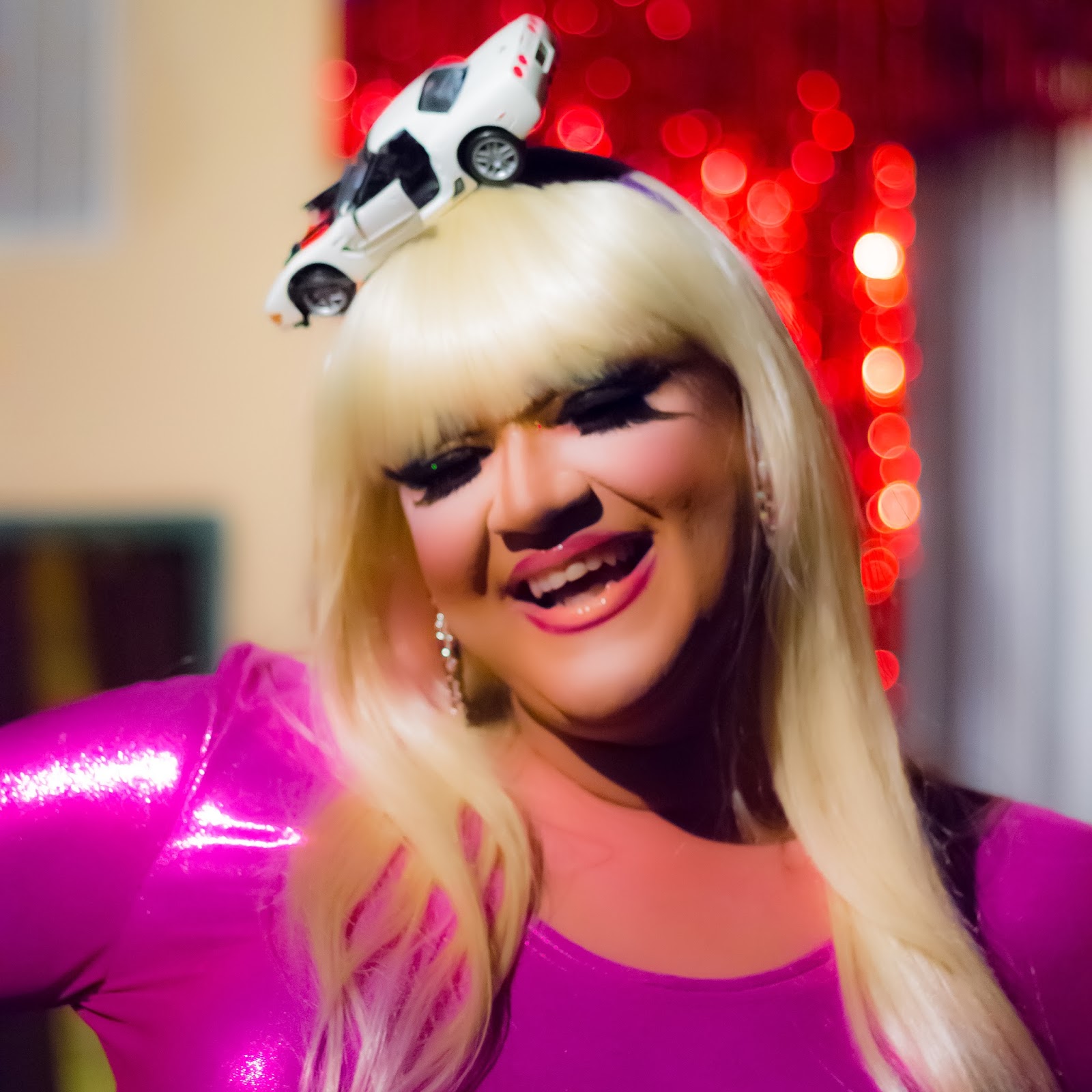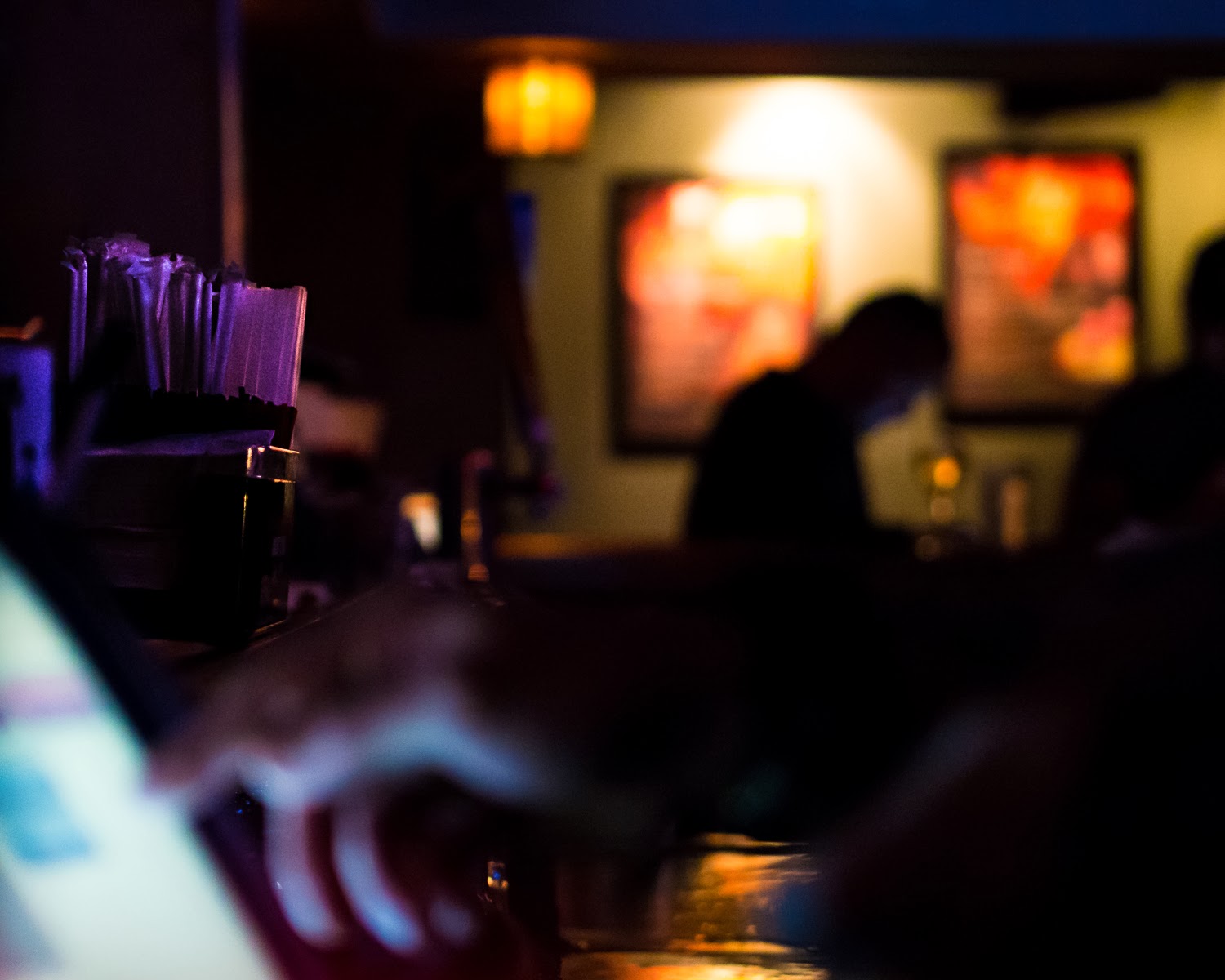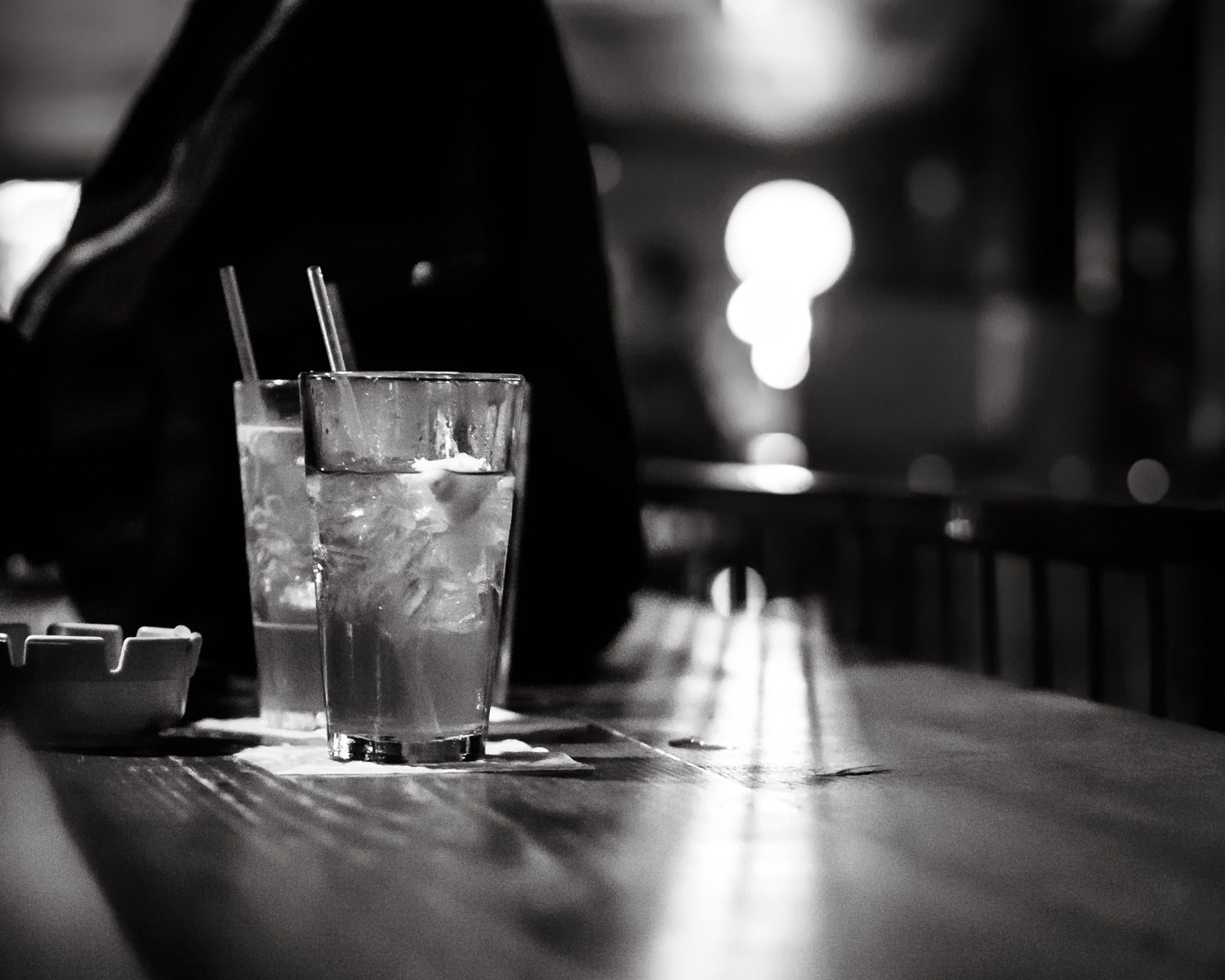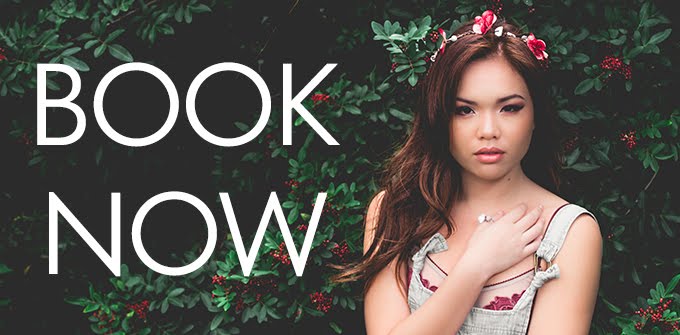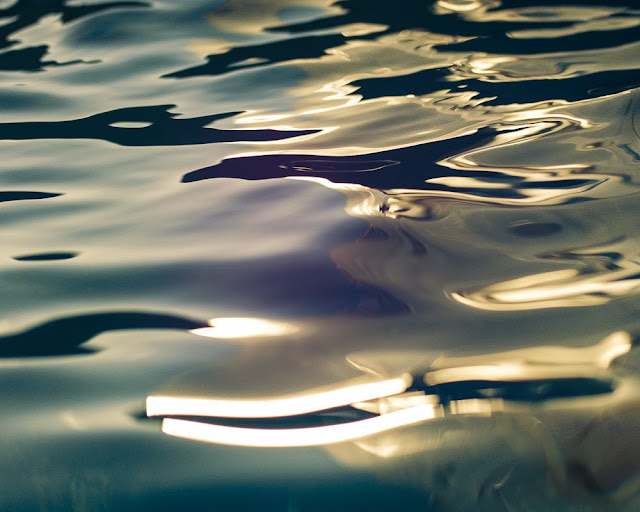Eventhough its been less than a week since the BCLmacros discovery, I have enjoyed using this lens so far and I hope it attracts a following. Therefore, I put together a short list of tips to "jump start" those planning on converting their body cap lens to the BLCmacro. I think that this dedicated macro alternative will interest people for the same reasons that they enjoy using the body cap lens in its native wide angle mode. Its extremely cheap, weighs next to nothing and makes your camera super portable. Also it delivers pretty good results considering this was in no way shape or form designed to be used as a macro lens. Because practice make perfect, I am sure there is still much to be learned about maximizing the BCLmacro's performance and I am a very excited guinea pig.
I. Focus using the "rocking" method
 |
|
I am a fan and follower of
Robin Wong's photography blog and through his impressive macro reviews he has introduced me to the "rocking method" he uses for macro work. Here, even with the
12-50mm EM5 kit zoom or Olympus' glorious
60mm macro, he switches to manual focus mode after auto focusing before hitting the shutter button. After he switches modes he rocks back and forth and watches the in focus area change along the depth of his subject. Since the DOF in macro photography is very shallow (and less than 1cm when using the BCLmacro) this method ensures that you achieve critical focus where you want it. If you rely on auto focusing there is chance that the camera will focus on the eye of a butterfly vs it's brilliant wing pattern which you had the intention of showcasing. Auto focusing is not even an option for the BCLmacro and I have adopted this rocking method described by Robin to ensure that I am in focus before depressing my shutter button. Since the EM5-BCLmacro is extremely handheld, I usually do not necessarily have to rock my entire body back and forth, but simply move the camera in the same fashion. The concept Robin introduced still applies and when doing this it is best to be in magnify mode as you can see the changes is focus a lot easier. If you have practice manually focusing using legacy lenses I assume this will come naturally to you and focusing the BCLmacro will be easy as pie.
II. Frame with cropping in mind
If you are like me then you will embrace all the quirks that the BCLmacro has to offer. As you can see in the photo above, these include a heavy-moderate vignette (depending on degree of modification), color fringing along the edges of the frame, and distortion. The "effects" make for a unique photo, but I am sure there will some that wish to use the BCLmacro to present a more traditional macro shot.
 |
|
If you are one of these people, it is important that you frame with cropping in mind. I have found the easiest way to do this is to enable your digital teleconverter. As discussed in "Part II" of this series, this renders the vignette, color fringing, and distortion negligible and increases your magnification to 1:1.44. Using this method you can frame your subject, toggle your magnification box to the area which you want to achieve critical focus, enable magnification mode, "rock to focus", and then depress the shutter button when you hit that sweet spot. If you shoot JPEG+RAW then you will have to crop the RAW version in Lightroom or other photo editing software. The JPEG will retain the 2x crop so you can use it as a guide.
III. Use your kit flash
 |
|
If you are like me and do not have an off camera flash (although one is on the way using guidance from the wonderful
Phoblographer) the modified body cap lens is a great macro option. When using a dedicated macro lens that protrudes far from your camera body (especially true with legacy glass) one cannot use their on camera flash because of shading caused by the lens itself. To counter this you can buy a macro lighting equipment which
attaches to the base of your lens or turns your camera into
something out of a sci-fi movie, come up with a
contraption to direct your kit flash past the camera lens or buy an off camera flash. This problem simply does not exist with the BLCmacro because the lens just barely protrudes from your camera's body. In general there are many benefits to using a flash in photography. For the BCLmacro, using a flash is important because it allows for faster shutter speeds. This in turn reduces the amount of blur and maximizes the sharpness of photos taken with this lens. An example of this can be found in the "Money Shot" section in "
Part II" of this series. Being able to use a faster shutter speed also means you can freeze motion.
For all practical purposes, you may also want to plan on using your kit flash during macro sessions with the BCLmacro because you may find something that you want to photograph which becomes shaded by your own camera because of the 7mm working distance. If you have no experience with using the kit flash or flash photography at all then
do a little bit of research on the fundamentals and then canon ball into that cold swimming pool. Using the BLCmacro will certainly be a great introduction. The way I learned was to set the flash to manual and adjust the intensity depending on the exposure of your resulting photo (blown highlights = reduce flash level, everything is dark = increase flash level). If everything except your subject is black and you want more of its surroundings showing, then reduce the shutter speed (and probably the flash level too). This sort of experimentation results in a lot of chimping and trashed photos, but trial and error has pointed me in the right direction and applying it to photographs taken with the BCLmacro has been a ton of fun!
IV. Diffuse your flash
Diffusion is important because it reduces the "harshness" of your flash. Studio photographers have come up with all sorts of flash diffusion techniques and one of the simplest is to bounce your light off of an umbrella or white wall. This effectively smooths the light and gives it a more natural look. Since my kit flash is the only thing available to me offshore and cannot be aimed at a wall or umbrella for diffusion I spent a good while contemplating how to soften it's output. By complete accident I stumbled upon the solution of diffusing using latex gloves. I had a pair left over from a while back when I had to deal with a mold issue so I cut two fingers off (thumbs-largest) and fitted them over the small flash head. If you do this make sure the glove is stretched taught across the "bulb area". Below are examples of photos taken with (right) and without (left) the latex diffuser.
 |
| FULL power |
 |
| 1/2 power |
 |
| 1/4 power |
 |
| 1/8 power |
 |
| 1/16 power |
 |
| 1/32 power |
 |
| 1/64 power |
Besides me needing to badly clean my keyboard, you can see that the light in all the photos on the right is more natural looking and evenly distributed than the photos on the left. All it takes to accomplish this is a small amount of latex and I think it can really help maximize results coming from the BCLmacro. There will be some instances when you do not want a softer flash and removal of the latex is quick and easy. As soon as I can I am going to look for a box of latex
finger cots to reduce the amount of waste from tearing up a latex glove.
V. Experiment during post processing
***UPDATE (11/17/2013)
The color fringing and vignette can be excluded by cropping, but there are also other options to embrace the quirks exhibited by the BCLmacro. Besides the suggestions below, check out The Phoblographers article on
color sliders and get your creative juices flowing.
1. Convert to black and white
The outcome of this will depend on how you modified your original BCL. I filed down the sides of my front lens plate and internal mount so the vignette in the above example is almost non existent. Direct conversion to black and white however gets rid of the color fringing and leaves you with a more natural looking photo.
2. Add color fringing
If you aren't into the natural look and really want to embrace this lens then add some graduated filters around your subject and create color casts that accentuate the existing color fringe. This is indeed something to save for special occasions tho as the novelty will wear off after you turn all your photos into circus performers :)
3. Add a heavy vignette
The last option I am going to present involves creating a vignette that is larger than the area that is effected by color fringing. Of course this will only work with a certain type of photo and in my morbid example above my subject not only isolated using the vignette, but all focus is directed to the birds skull because it was highlighted using the kit flash. This overall look mimics what a flash snoot would do for a portrait photographer. As with the addition of color fringing, I can see myself using this sparingly.
VI. Have FUN!
By all means the BCLmacro is probably not the best to use on a professional assignment due to an array of limitations. BUT using this lens can be a good way to inject some creativity into your workflow. The photos it produces are insanely unique and if you have never owned a macro lens but own a BCL this is a perfect opportunity for you to experiment with this type of photography! Just make sure to
order a backup ;) I myself still have much to learn regarding macro photography and the use of the BCLmacro has made me want to dive deeper into this field. I hope this has inspired someone out there to grab their body cap lens and tiny electronics screwdriver kit and that you enjoyed the photos I have come up with so far. Thank you very much for dropping by, check back periodically for updates and additional tips =)
Sam D.



